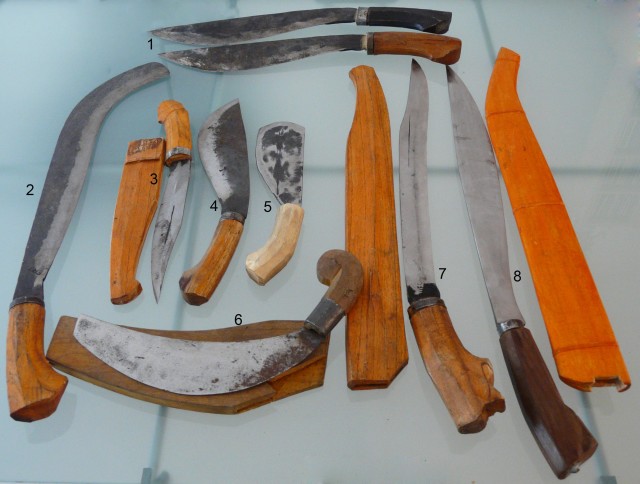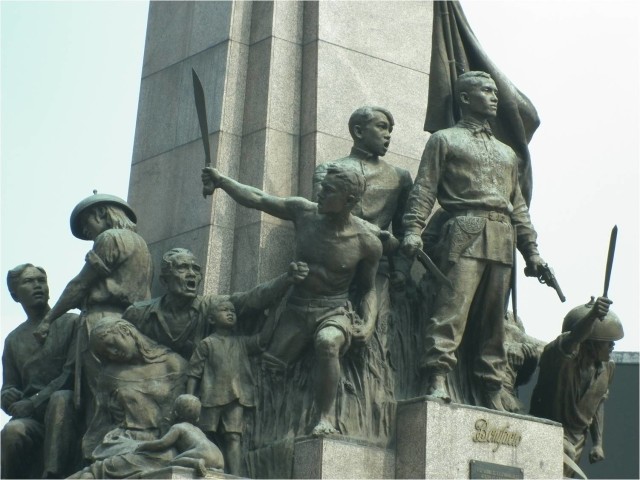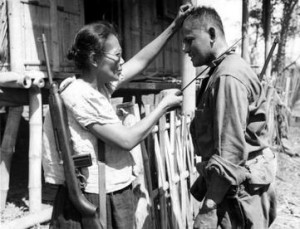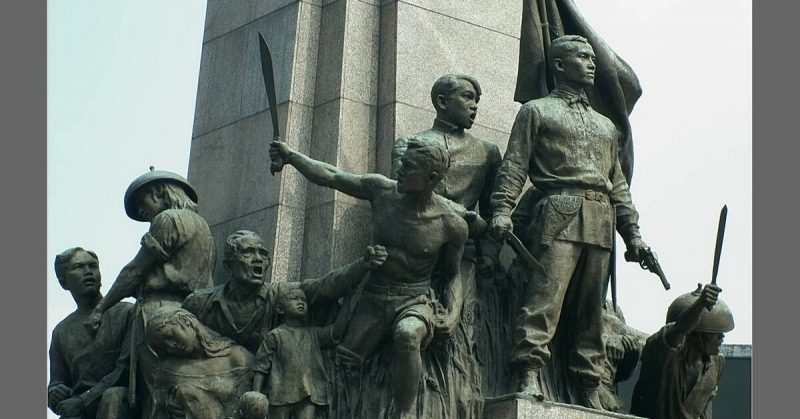Imperial forces around the world, whether they came to the battle with muskets and cannons or machine guns and fighter planes, have come to fear the bolo knife. From the Spanish colonial occupation of the Philippines to the Mexican Revolution – not to mention the battlefields of World War I and II – the bolo knife has become legendary for its utility and lethality.
In the Philippines alone, where it has its origins, there are many names and variations of the bolo knife for a wide range of uses—almost a different bolo for any different situation and person. To get a handle on the history and importance of this tool and weapon, here are five must-know facts about the bolo knife.
The Bolo knife comes from the Philippines
The bolo knife (also called iták in Tagalog, sundáng in Cebuano, and binangon in Hiligaynon, to cover a few of the more prevalent languages/dialects of the Philippines) has long been a tool used for clearing jungle brush and for various agricultural purposes. To this day, bolo knives are forged in villages across the archipelago.
Though it has spread to other countries and continents, the bolo knife is still a symbol of the Filipino people. On some of the islands in the Philippines, people walk around with their bolo knives as a symbol of pride or even just employment, signifying that they work with it in the fields or jungles. The island nation of Palau, to the east of the Philippines, call Filipinos Chad Ra Oles, which translates to “people of the knife.”

Bolo knives are crafty and resourceful creations
In recent history, bolo knives have been made out of whatever high-carbon steel could be found that was suitable for the blade and either indigenous hardwood or animal horn for the handle. The blade usually curves and widens towards the end. The tang extends to the bottom of the handle.
Since the empires fighting over the Philippines started bringing in Jeeps and other vehicles, bolo knives have often been made out of leaf springs. Many in the 1950s and ’60s were made from the leaf springs of U.S. Army Jeeps still left over from World War II. These hand-forged blades are very durable and can hold quite the edge.
Bolos (as well as other knives) are a key element of Filipino Martial Arts (FMA)
FMA, also called Arnis, Eskrima, and Kali, are the native martial arts forms of the Philippines and comes in many different styles. The origins of FMA go deep into history, to kingdoms and tribes long before the written record, and it has grown to influence fighting styles around the word. Not born out of a warrior or noble class, but rather from that of the common people, FMA focuses a lot of attention on forms with items such as knives, sticks, other blades, and many improvised weapons.
FMA and especially knife skills are living arts in the Philippines and have proven a challenge to conquering forces from Spain, the U.S., and Japan.

The Bolo Knife is an important symbol
The bolo knife stands out in Filipino culture. Artful bolo knives are given as important gifts to military officers and others. Like the Kris daggers or swords of the Moro people (the Muslim population in the southern Philippines island of Mindanao), Malaysia, and Indonesia, bolo knives hold powerful meaning.
During World War II and Japan’s attempted occupation of the Philippines, there were many guerrilla and underground forces fighting this latest imperial force, often in coordination with Allied armies and U.S. soldiers still on the archipelago since the invasion. Down on Mindanao are the historically more autonomous Moro areas, home to some of the most resilient resistance to the Japanese. One of the many units fighting was called the Moro-bolo battalion. It was made up of some 20,000 Christians and Muslims who were easily identifiable by their Kris and bolo knives, their weapons a symbol of cooperation and unity in the face of the Japanese.

The bolo knife has become popular around the world and influenced modern warfare, particularly in the U.S. military
The U.S. military first encountered the bolo knife during the Spanish-American War, fighting to take control of the Philippines. The Cincinnati Courier reported on the small Battle of Manila after much of the war was done, in which Filipino revolutionary forces working together with some U.S. soldiers, claimed the city from the remaining Spanish in 1898:
“The Mauser rifle, too, in hard work is found to be a mistake…Perhaps it may be the fault of the men, or their misfortune in being undrilled, but they are often knifed while in the act of reloading their rifles. Whatever be the explanation there is something wrong in troops with rifles and bayonets being driven steadily back by natives armed with knives. The insurgents have some guns, but most of the wounded Spanish soldiers seen in the streets have knife wounds.” (Source: wikipedia.org)
By 1904, the U.S. Army was equipping their own troops with bolo knives, specifically medical corps. During Word War I, the bolo knife became infamous to Germans going up against U.S. troops wielding these blades.

Before fighting with bolo knives, however, the U.S. had to fight against Filipinos carrying them in the Philippine-American War, which lasted from 1899 until 1902. After beating the Spanish colonials, the Filipinos wanted self-rule, but the U.S. wanted to form their own colony.
As the new colonials fought the First Philippine Republic, which was poorly armed against a modern U.S. army, they were still getting knifed by Filipinos, even ones who had been shot several times. This led to the development of the .45 ACL cartridge and thus the Colt M1911 Pistol, which had more stopping power than previous standard issue small arms.
The Spanish had introduced the bolo knife to Mexico and after the Mexican Revolution began in 1910, many fighters carried them. The most famous of these was the rebel leader Pancho Villa.
By Colin Fraser for War History Online
